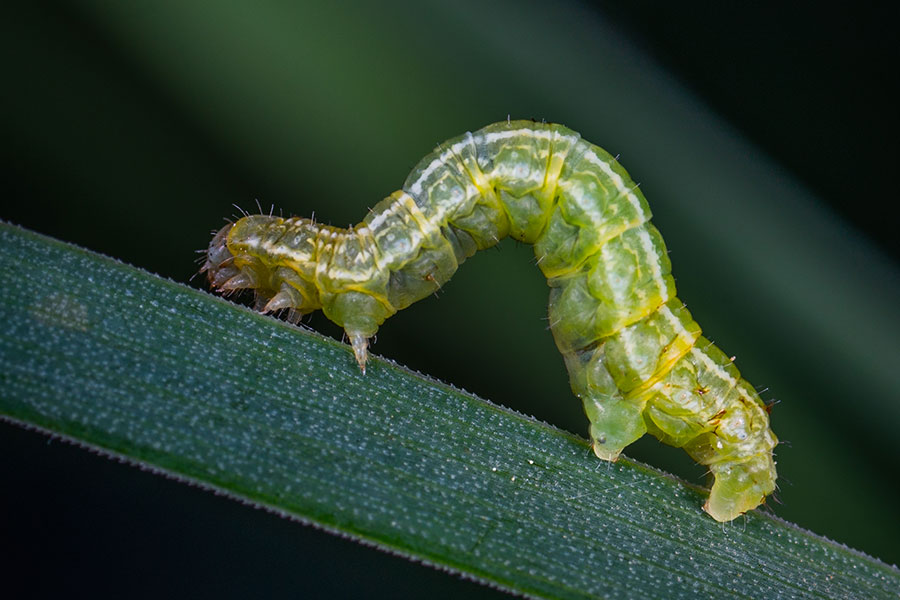This topic takes on average 30 minutes to read.
There are a number of interactive features in this resource:
 Biology
Biology
 Science
Science
Climate change means that selection pressures are happening too quickly and are too drastic for evolution.
This causes species to become extinct.
Polar bears are a good example.
They have lots of layers of fur and fat to keep warm in the cold climate, and can swim to find food but usually like living on ice.
Climate change is increasing the temperature of their homes, which means that their fur and fat (their adaptation) is now making them too hot. The rising temperature is also melting the ice that they live on, and so they need to swim more often.
This is because solids can turn into liquids when the temperatures changes, and the other way around. If the temperature gets colder again, ice will be reformed. This is known as changing states.

Watch the video below which describes how solids can change liquids.
Then discuss as a class how the ice that polar bears live on is melting into water, and think of ways in which we can stop this or slow it down. Remember, water turns to ice below 0°C.

Changing solids to liquids.
When you heat some solids, they melt and become liquid.
Different materials melt at different temperatures.
This is called the melting point.
The melting point of water is 0 degrees celsius.
This is when ice (solid water) becomes a liquid.
At room temperature, water is a liquid.
Butter is a solid at room temperature.
If you heat butter, it will allow to become a liquid.
Gold is a solid room temperature if you heat it to 1064 degrees celsius it will melt and become liquid gold.

Even though some individuals will be better swimmers than others, swimming all the time is too drastic of a change.
Eventually, the polar bears will become extinct. They are currently endangered.
Climate change can also cause the seasons to be out of sync which can influence the food chain. Spring is the season that birds usually have baby chicks, and these chicks eat caterpillars. However, spring getting earlier (in false springs) means that the caterpillars are around earlier than when the chicks are born. The caterpillars have adapted to the earlier spring but the birds haven’t. Here, the earlier spring is the selection pressure. This can put the chicks in danger as they don’t have any food to eat.